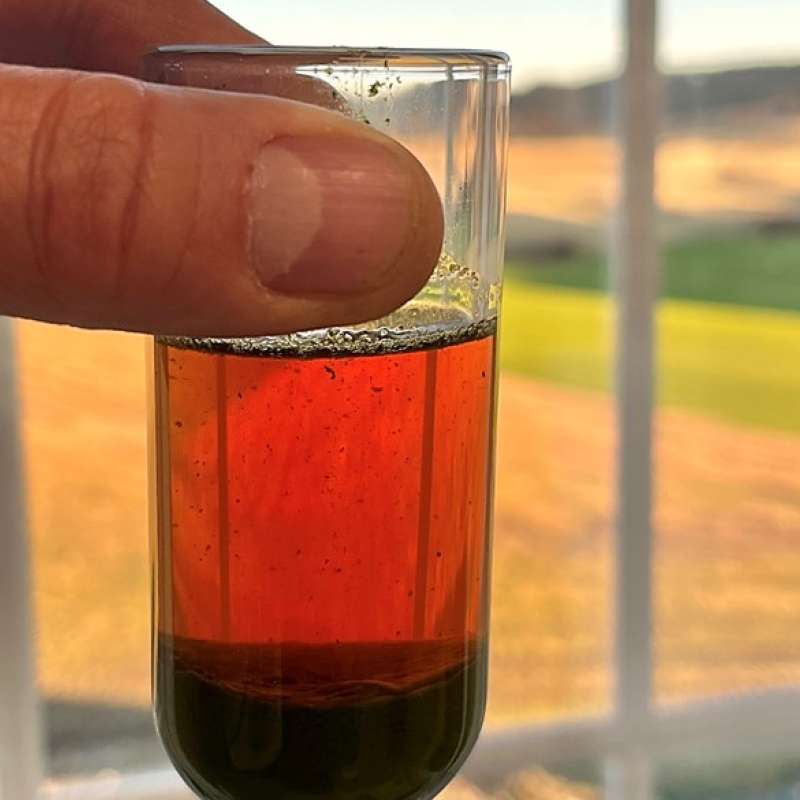Johan Johansen
Avdelingsleder/forskningssjef
(+47) 957 32 132
johan.johansen@nibio.no
Sted
Bodø
Besøksadresse
Torggården, Kudalsveien 6, NO-8027 Bodø
Sammendrag
Det er ikke registrert sammendrag
Forfattere
Thierry Chopin Barry Allen Costa-Pierce Max Troell Catriona L. Hurd Mark John Costello Steven Backman Alejandro H. Buschmann Russell Cuhel Carlos M. Duarte Fredrik Gröndahl Kevin Heasman Ricardo J. Haroun Johan Johansen Alexander Oliver Jüterbock Mitchell Lench Scott Lindell Henrik Pavia Aurora M. Ricart Kristina S. Sundell Charles YarishSammendrag
Det er ikke registrert sammendrag
Forfattere
Ana Margarida Fernandes Josep Àlvar Calduch-Giner Gabriella V. Pereira Ana Teresa Gonçalves Jorge Dias Johan Johansen Tomé Silva Fernando Naya-Català Carla Piazzon Ariadna Sitjà-Bobadilla Benjamin Costas Luís E. C. Conceição Jorge Manuel de Oliveira Fernandes Jaume Pérez-SánchezSammendrag
Det er ikke registrert sammendrag

Divisjon for matproduksjon og samfunn
ONETWO - En avling, to fôrrasjoner – lokalprodusert fôr fra bioraffinerte engvekster til melkekyr og slaktekylling
Engvekster er råstoffet ved grønn bioraffinering som gir en rekke interessant sluttprodukter. Forskningsprosjektet ONETWO har som mål å evaluere grønt proteinkonsentrat fra presset gras som proteinkilde i kyllingfôr og fiberrik pulp i fôret til melkekyr. Vi vil også bidra til teknologisk utvikling ved å teste nye avvanningsmetoder for råstoffer med høyt vanninnhold. Videre skal vi vurdere bærekraft og utvikle forretningsmodeller for bioraffinering av engvekster i Norge.

AquaUP - Aquafeed Upgraded: Enhancing Immune Function of Fish with Seaweed-modified Functional Compounds
The aquaculture industry is anticipating intensive production growth to meet future food demand. Yet, this growth is constrained by a number of challenges, not least including disease spread and use of antibiotics and chemicals to combat or reduce disease outbreaks.

Divisjon for matproduksjon og samfunn
AquaUP - Aquafeed Upgraded: Enhancing Immune Function of Fish with Seaweed-modified Functional Compounds
The aquaculture industry is anticipating intensive production growth to meet future food demand. Yet, this growth is constrained by a number of challenges, not least including disease spread and use of antibiotics and chemicals to combat or reduce disease outbreaks.
